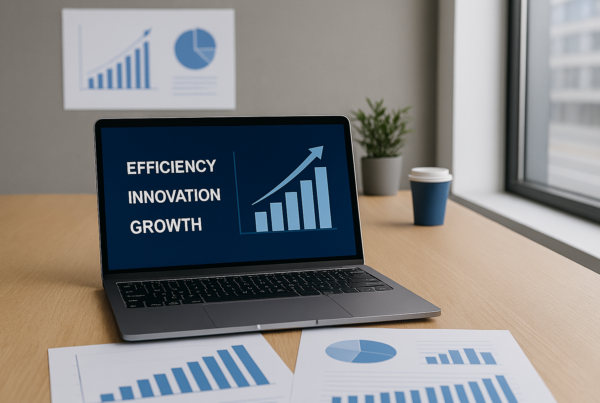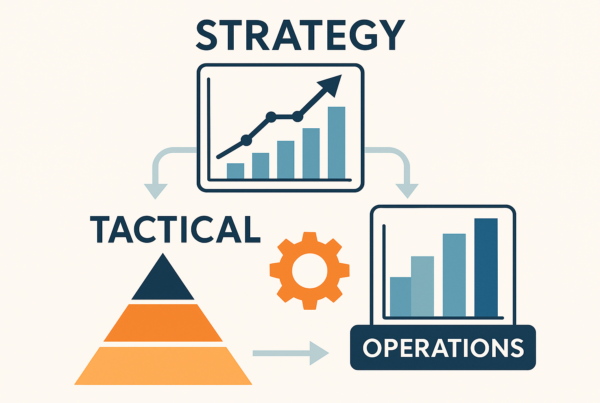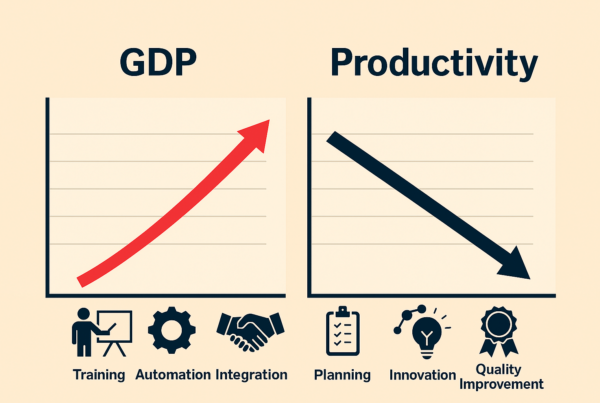In the current volatile business landscape, created by the COVID-19 pandemic, it’s crucial for organizations to have a focused approach to improving productivity and using their resource effectively. To accomplish this, it is helpful to understand the distinction between their supply chain and value chain. This allows them to uncover new opportunities for growth and productivity improvement.
Definitions:
The supply chain represents ALL activities involved in producing a product or service, extending from the suppliers of raw materials to the end consumer. It’s essential to consider not just the forward processes but also reverse logistics, which deal with returns and waste management.

In contrast, the value chain are those activities that add value to the product or service. In other words, you are adding “something” to the product that consumers are willing to pay for. This could include design, production, marketing, and customer service. Understanding that both manufacturing and service industries possess supply and value chains is vital for all businesses.

Importance of Differentiation:
By differentiating between the two, organizations can better identify areas for improvement. The supply chain includes necessary activities, such as transportation, alongside non-value-adding activities, which can be classified as waste according to lean principles.
By focusing on eliminating or reducing wasteful activities within the supply chain, businesses can reduce costs, a critical need in uncertain times. This process starts with mapping out all activities using tools like Value Stream Mapping (we will talk about this another time), enabling organizations to understand their operational landscape and identify areas for efficiency gains.
Understanding this simple differentiation sets the tone for strategic improvements, scaling and long-term sustainability.





